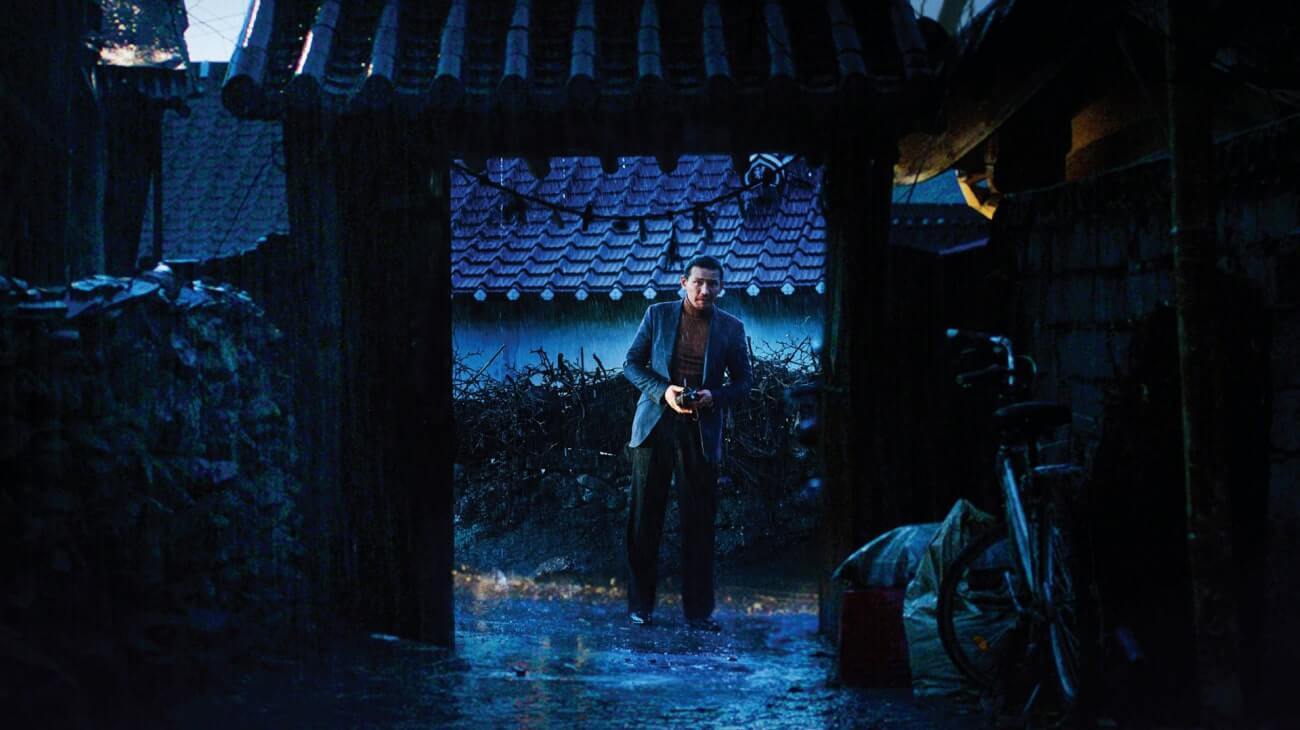
Since the birth of cinema the horror genre has been largely explored through its methods of evoking fear and suspense for entertainment purposes. Some of cinema’s most iconic moments have been born from the scenes, characters, music, and settings of horror films from disparate times throughout cinema’s history.
The massive continent of Asia has been highly influential to the progression of the horror genre since the globalization of filmmaking following World War II, experiencing a major resurgence of popularity during the late-90’s and early-00’s with iconic films such as Ringu and Ju-on: The Grudge. With Asia being represented by a myriad of diverse cultures and populations, the Asian horror genre has expanded to embody a multitude of intriguing themes and perspectives that have been adapted into countless films. This list will focus on ten great Asian horror films you may have never seen that are definitely worth adding to your watchlist.
1. Jigoku (1960)
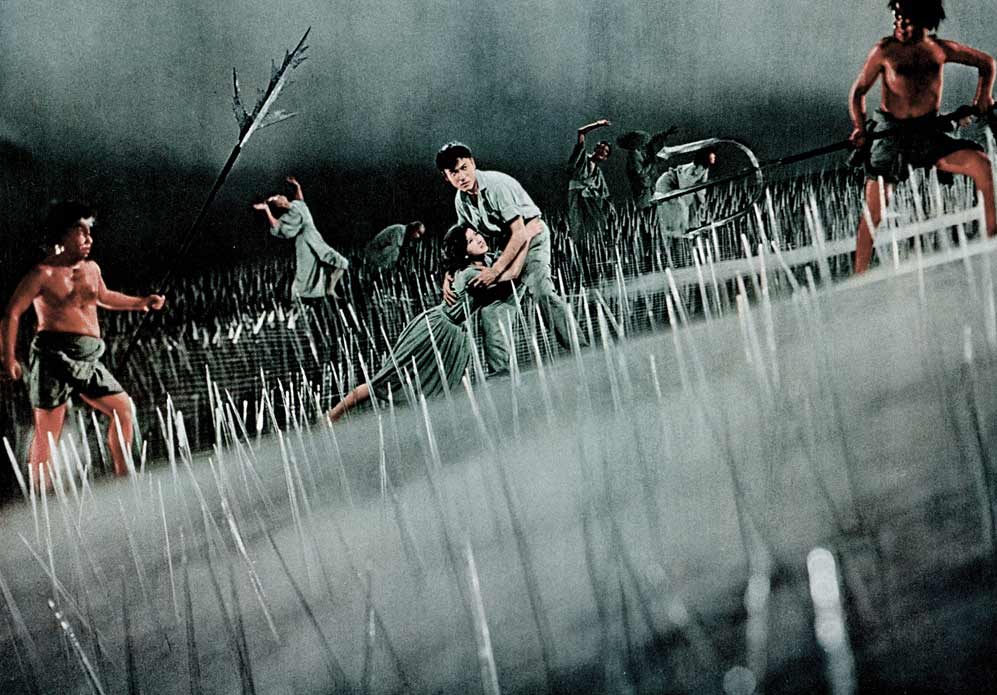
The oldest film featured on this list is the Japanese film Jigoku, also known as The Sinners of Hell, directed by Nobuo Nakagawa and released in 1960. Since its release, Jigoku has become a cult classic known for its violent and avant garde depictions of the afterlife.
Jigoku follows Shirō, a young man from Tokyo who is preparing to wed his beautiful fiancé and start his adult life. One night Jigoku catches a ride home from school with a mischievous friend called Tamura, who accidentally runs over a drunk man walking down a dark street. Shirō urges Tamura to stop so they can check on the man they just hit, but they keep driving. As Jigoku begins to unfold, Shirō’s existence transforms into a hellscape and he quickly learns that no sin is committed without consequence and karma always catches up to wrongdoers.
With its macabre and outrageous depictions of sin and the afterlife, Jigoku is a one-of-a-kind horror film, especially in consideration of the film’s original release sixty years ago. Mixing such extreme elements of violence, horror, and even concepts of the Buddhist afterlife, Jigoku leaves behind an incredible legacy as an early horror film that is avant garde and provocative. Hardcore fans of the horror genre should surely add Jigoku to their watch lists right away!
2. Kwaidan (1965)
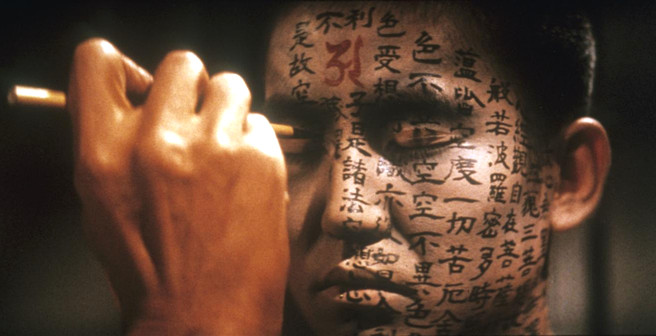
The Japanese anthology horror film Kwaidan, directed by Masaki Kobayashi, was released in 1965. Bizarre and beautiful, Kwaidan is split into four parts which are based on Japanese folktales.
With “Kwaidan” translating to “ghost story”, each of the four parts of the film tells an unconnected ghost story. Although the stories are not explicitly scary, they do involve mysterious entities and concepts that link to the existential horrors of the real world, making Kwaidan a horror film that is oddly in tune with everyday experiences.
From the first frame of Kwaidan, the audience is treated to a visual experience that is surreal and exquisite, using a variety of vibrant colors that are not always associated with horror films. Kwaidan received much critical praise upon its release in 1965, winning a prize at Cannes Film Festival and garnering an Oscar nomination. Ultimately, Kwaidan may not be a terrifying viewing experience, but this stunning and thoughtful horror should be viewed by fans of the Asian horror genre.
3. Whispering Corridors (1998)
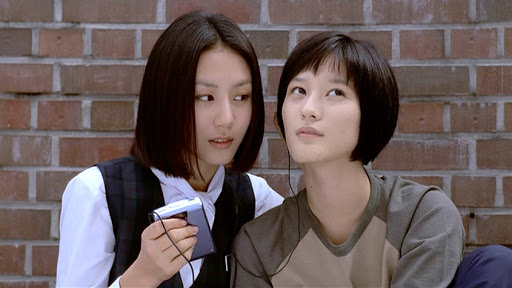
Whispering Corridors is a 1998 Korean supernatural horror film directed by Park Ki-hyung. Wildly successful upon release in South Korea with four sequels, Whispering Corridors concerns itself with an all-girls high school where a teacher is found violently murdered.
Hur Eun-young is a new teacher at the high school she attended as a young girl. One evening, she receives a distressing call from an older teacher named Mrs. Park, who is found hanging from a noose at school the next morning. The three girls who found their dead teacher are very different and experience the trauma in contrasting ways. Soon, other acts of mysterious violence begin to occur in the school, and Hur Eun-young and her three students search the past and present for answers to the supernatural incidents.
Whispering Corridors presents itself as a gory, campy mystery with tremendous entertainment value. The blood-gushing sequences of over-the-top violence in contrast to the film’s strict all-girls academy setting works amazingly well, creating a horror film unlike many that came before or after Whispering Corridors. Upon release in South Korea the film served as a satirical criticism of the country’s rigid education structures, proving that this extraordinary horror film existed outside of the realm of entertainment. Whispering Corridors is a positively iconic Asian horror film that many audiences would be delighted with.
4. Dumplings (2004)
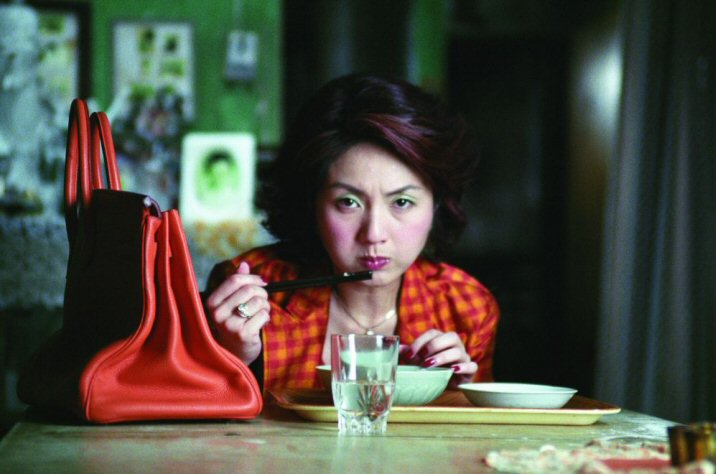
Dumplings is a 2004 Hong Kong horror film directed by Fruit Chan. Difficult to forget after viewing, Dumplings is a truly strange and singular film focusing on a middle aged woman who goes to extreme lengths to combat the inevitable process of growing old.
Mrs. Li is an aging actress who grows concerned when she learns her husband is having an affair with a much younger woman. Looking to boost her beauty, Mrs. Li seeks assistance from a woman called Aunt Mei, a former-doctor at an abortion clinic in Mainland China who now sustains a dumpling-making business out of her home. Shortly after beginning to eat Aunt Mei’s mysterious rejuvenation dumplings, Mrs. Lei learns that they are actually filled with human fetuses and the film unfolds into a wild and disturbing horror unlike any other.
Dumplings is doubtlessly a graphic film that could be considered too disturbing for many viewers, even for many connoisseurs of the horror genre. Despite the provocativeness of the film’s central idea, Dumplings can be seen as a satirical criticism of traditional male-female roles in society. As an aging woman, Mrs. Li is forced by societal pressures to seek out such extreme methods to combat growing older, fighting the same beauty standards that many women face. The extreme depictions of violence in the film are interestingly balanced by an even-paced story and lush cinematography, making Dumplings a disturbing but stimulating Asian horror film worth seeing.
5. Shutter (2004)
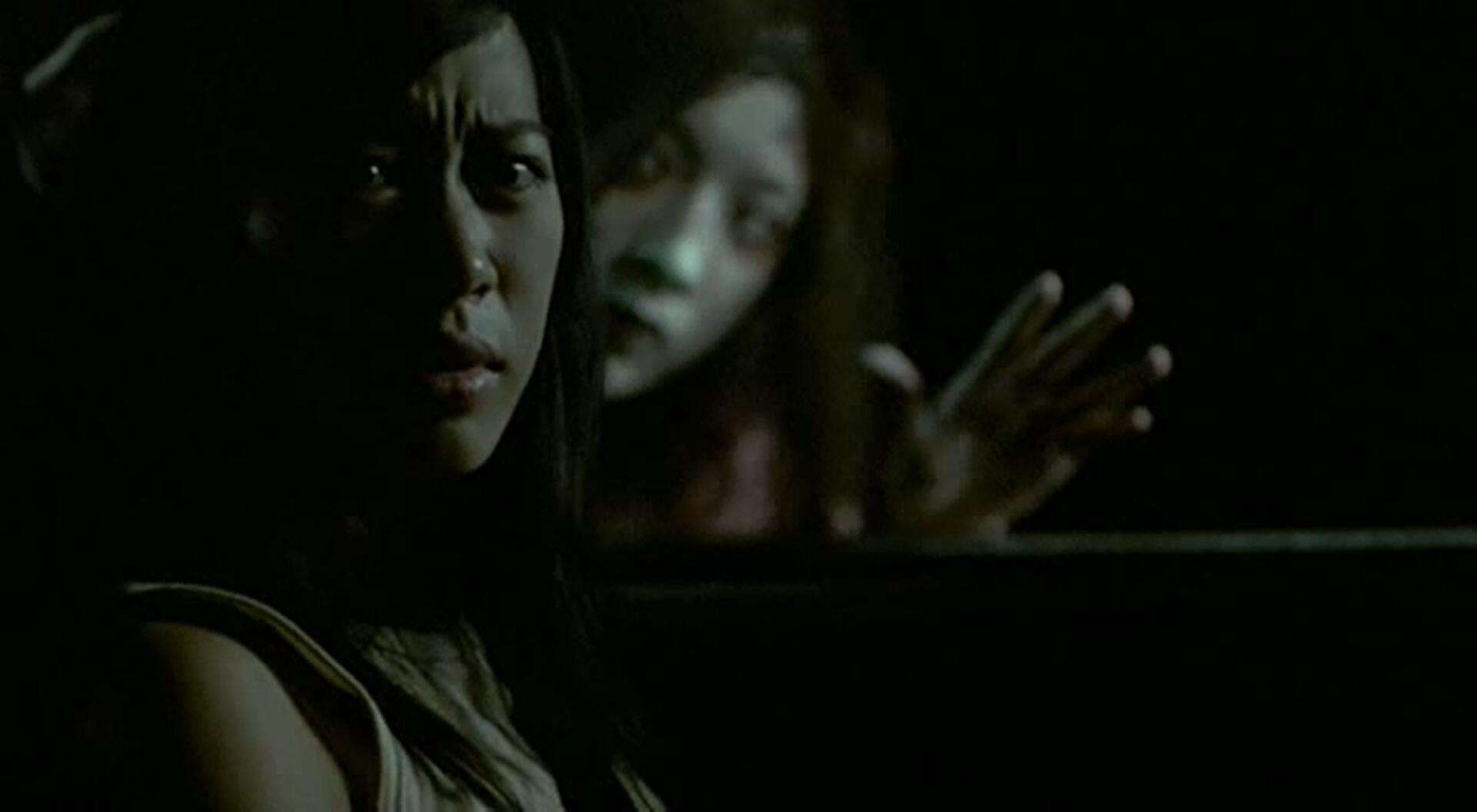
Shutter is a 2004 film from Thai director Banjong Pisanthankun. Filled with appeasing devices of the horror genre including shocking plot twists and startling jump cuts, Shutter proved to be a very successful horror flick in Thailand, with remakes created in many other countries. Shutter revolves around a photographer and his girlfriend whose lives are upended by a mysterious supernatural entity after strange shadows begin to appear in the man’s photos.
In Bangkok, a photographer named Tun is leaving a party one night with his girlfriend Jane when they run over a girl in the middle of the road. Instead of stopping to check on the girl they hit Tun insists on fleeing the scene, which Jane finds highly perturbing. Soon after, unexplainable shadows begin to appear in Tun’s developed film and Jane wonders if it could be the spirit of the girl they hit. Jane becomes fixated with figuring out the identity of the girl and acts of violence begin to occur all around the couple. As Jane learns more about the girl, she also unexpectedly learns about Tun’s dark past.
Shutter is a supernatural film packed with entertaining twists and turns to keep viewers invested and left satisfied. While the film may falter in moments due to editing choices that cloud the storyline, the film delivers many great moments of suspense. The film surpasses pure entertainment with its interesting portrayals of men and women, leaving the film with an unexpected hero in the end. Although Shutter may not be as artistically interesting as other films included on this list, this conventional horror film could be greatly enjoyed by many Asian horror enthusiasts.